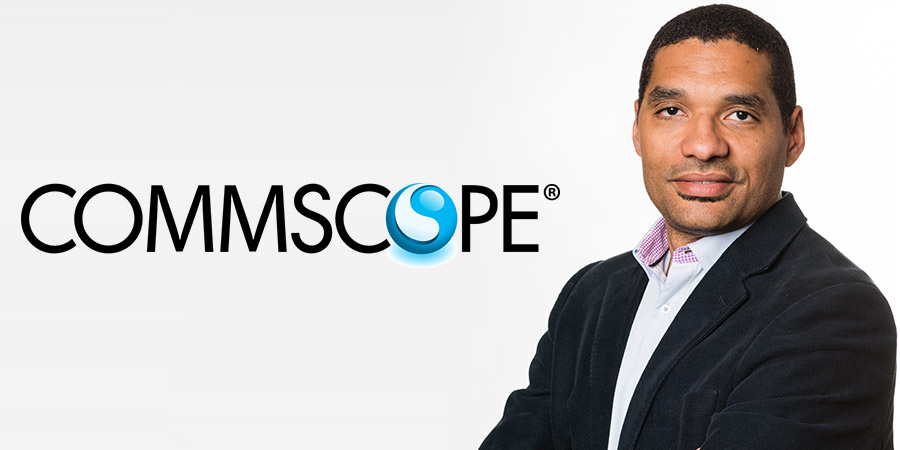In some ways, the wireless revolution of the past 20 years has been one of history's quietest innovations. Consider how quickly and effortlessly wireless users have adopted the once-fantastical notion of universal connectivity in an affordable, pocket-sized device. In less than a single generation, the world has evolved from a tethered telephone to a wireless communication device that puts the world at your fingertips at any time and any place.
The only things that have grown faster than wireless adoption are user expectations for instant access and reliable, fast performance. Dead zones, when discovered, are regarded with surprise and disappointment. A dropped call is considered embarrassing. For such a young technology, cellular communication has already cultivated a nearly universal expectation of ubiquitous, high quality, high speed performance, indoors and out - a trend that will only accelerate with the future generations.
For this reason, many consider in-building wireless and its associated infrastructure as another utility; that is, a modern convenience that has become as accepted and expected as electricity and running water. Users are not interested in knowing where the wires are laid (yes, there are a lot of wires in wireless networks) or how the pipes are arranged. They simply expect the convenience of seamless, invisible, universal access and performance. So, it has become for cellular service.
The growing need for dedicated in-building wireless connectivity is driven primarily by those who work, live and shop within buildings. Customers, tenants and employees want rock-solid cellular coverage, but building and enterprise owners have little or no recourse with local wireless operators, and usually even less technical expertise to know how to solve the connectivity challenge. One of the biggest issues is that many simply don't know what they don't know. Lack of awareness and education invariably lead to industry myths and misperceptions; and, even for those actively seeking an in-building wireless solution, the complicated issue of funding the system can make matters even more uncertain for small to mid-sized enterprise environments.
Driving changes in tomorrow's network
Google is leading the charge on “more profound workplace innovation,” according to an article in Design Week. The tech giant's London office has put emphasis on collaboration and social interaction, including 'design your own meeting rooms', which are meant to address workplace space shortages and inflexibility.
Millennials are driving this change. Whether it's connecting with family and friends, streaming content or completing work 'on the go', young people place a significant emphasis on connectivity. Companies are looking to Google as an example as they cater to today's employee and tomorrow's workplace.
The Middle East is home to the highest proportion of millennial entrepreneurs in the world. These millennial entrepreneurs aren't the only generation driving changes in tomorrow's network. Gen Z, consumers aged 13-22, want their connections to work well and quickly.
In fact, CommScope research uncovered the top career aspiration of a Generation Z kid is to be a YouTube star, underscoring that increased demand for bandwidth is growing at a rapid pace. Living in a virtual world creates frustrations for them when connectivity speeds can't keep up, especially when using apps like YouTube and WhatsApp, according to The Generation Z: Study of Tech Intimates.
As society's demand for ubiquitous coverage becomes an everyday lifestyle expectation, understanding indoor wireless solutions will become a necessity for building owners, facilities managers, architects and others who are in the business of making an enterprise space attractive and functional.
At CommScope, we face challenges for the future head on. We work with customers to help accommodate explosive data needs and solve their most fundamental communications challenges. Our aim is to empower customers in all regions of the world to anticipate what's next and push the boundaries of what's possible.











